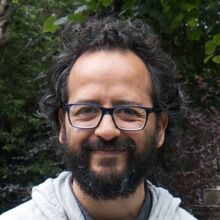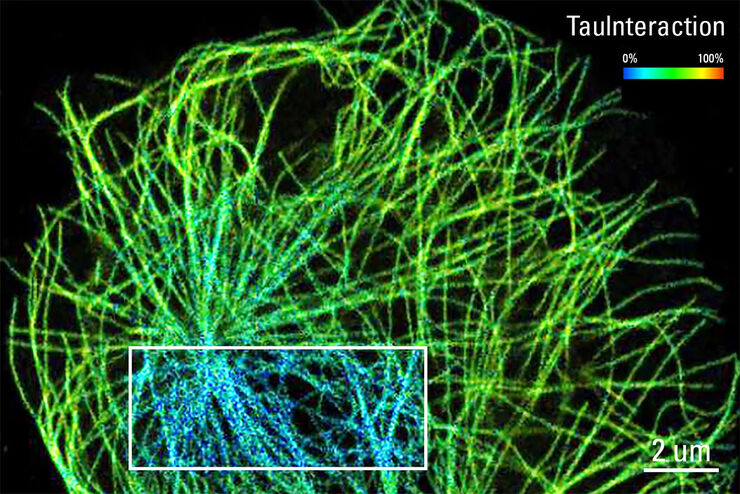Luis Alvarez , Dr.

Dr. Luis Alvarez studierte physikalische Chemie an der Université Paris-Sud XI in Orsay, wo er sich mit molekularer quantitativer Bildgebung in lebenden Zellen beschäftigte. Er konzentrierte sich auf Fluoreszenz-Lebensdauer-Imaging und die Auswirkungen reaktiver Sauerstoffspezies (ROS) auf fluoreszierende Proteine. Im Jahr 2010 zog er nach Dublin, wo er am University College Dublin und am National Children Research Centre an den Interaktionen zwischen Wirt und Krankheitserreger arbeitete. Er untersuchte, wie die Schleimhautimmunität ROS nutzt, um auf bakterielle Infektionen mit Krankheitserregern zu reagieren. Während dieser Zeit entwickelte er 3D-Infektionsmodelle aus Ex-vivo-Organkulturen und Organoiden. Im Jahr 2016 wechselte er an die Universität Oxford, wo er fortschrittliche quantitative Bildgebungsverfahren zur Untersuchung von Wirt-Pathogen-Interaktionen entwickelte. Diese Arbeit konzentrierte sich auf das Verständnis von HIV- und EBOLA-Eintrittsmechanismen in Zellen. Seit 2019 ist er bei Leica Microsystems als Product Application Manager für funktionale Bildgebung tätig.


